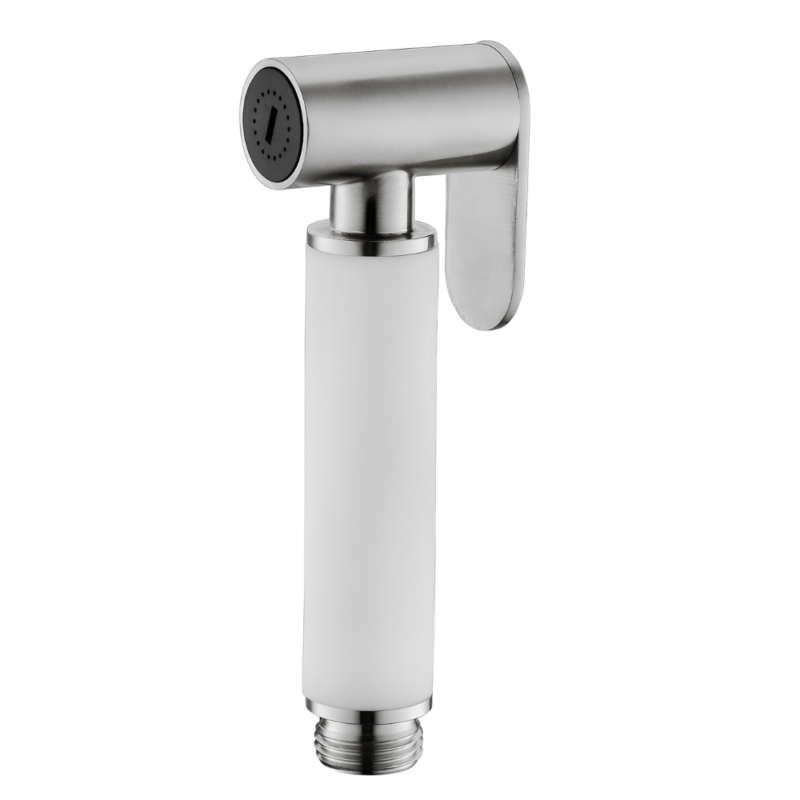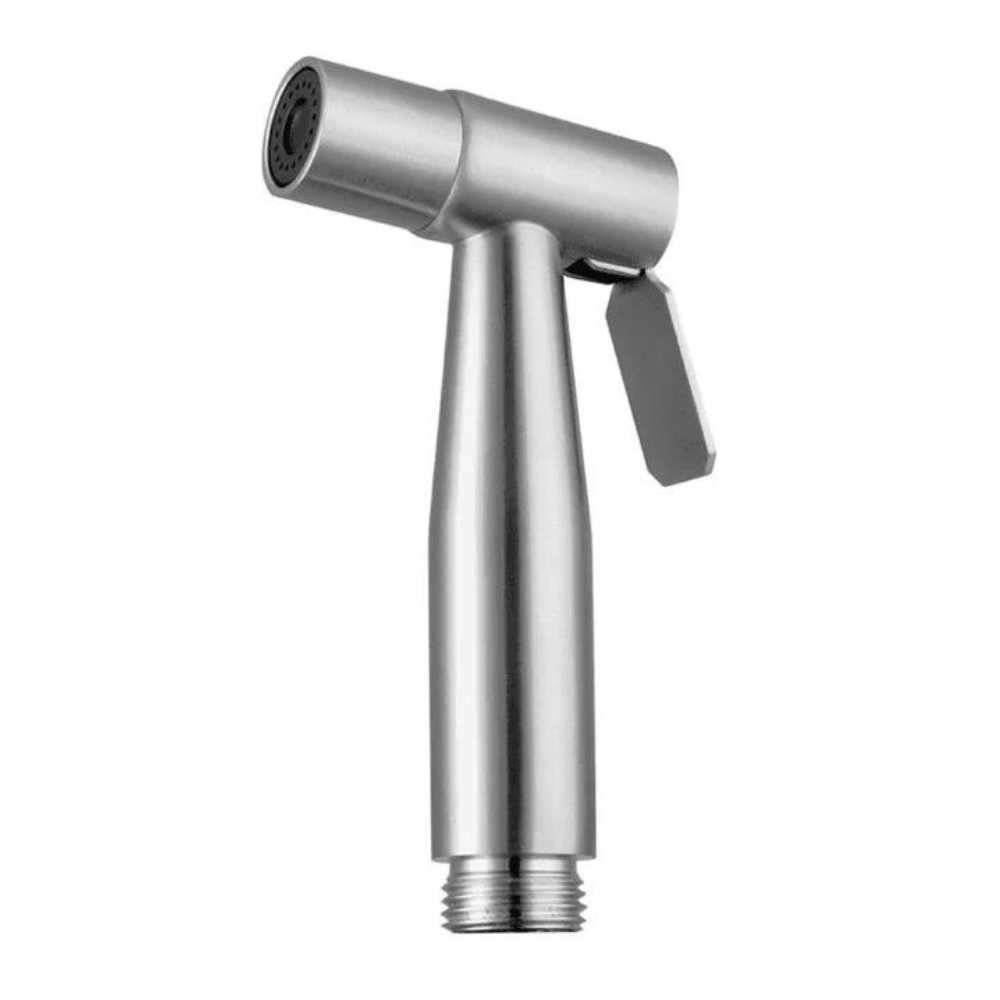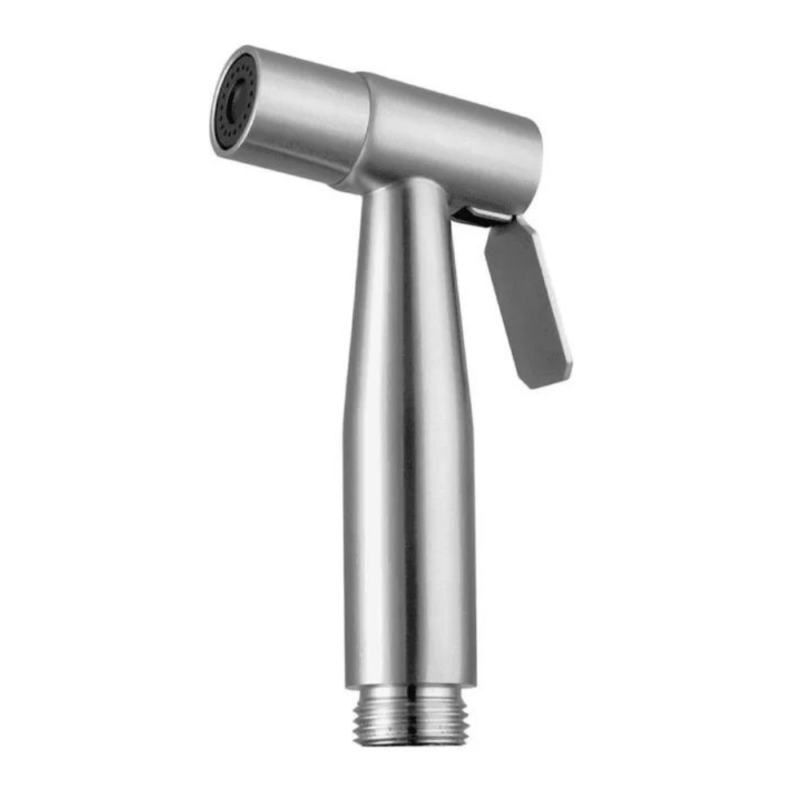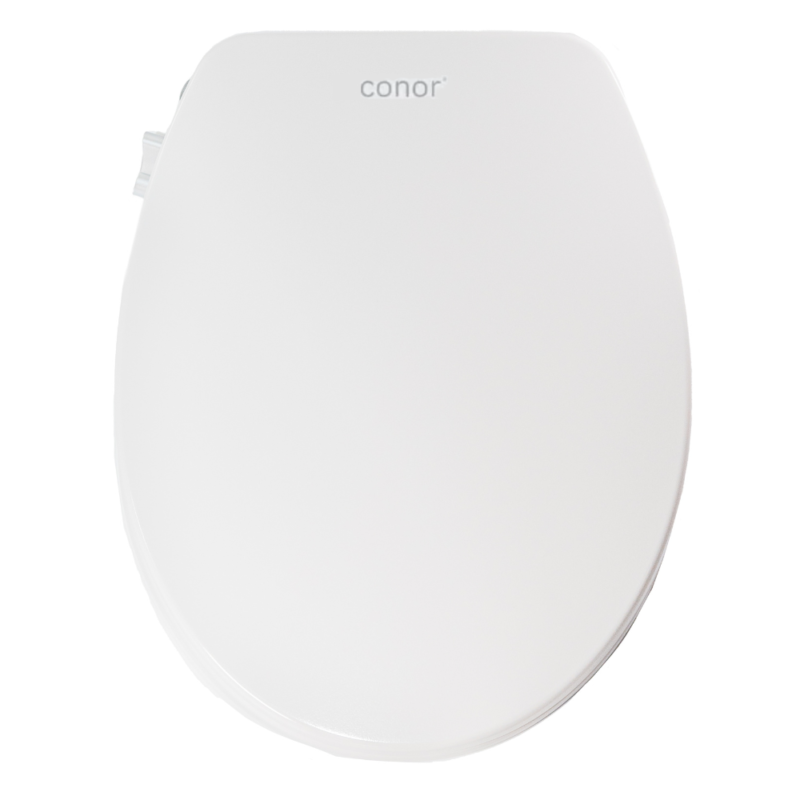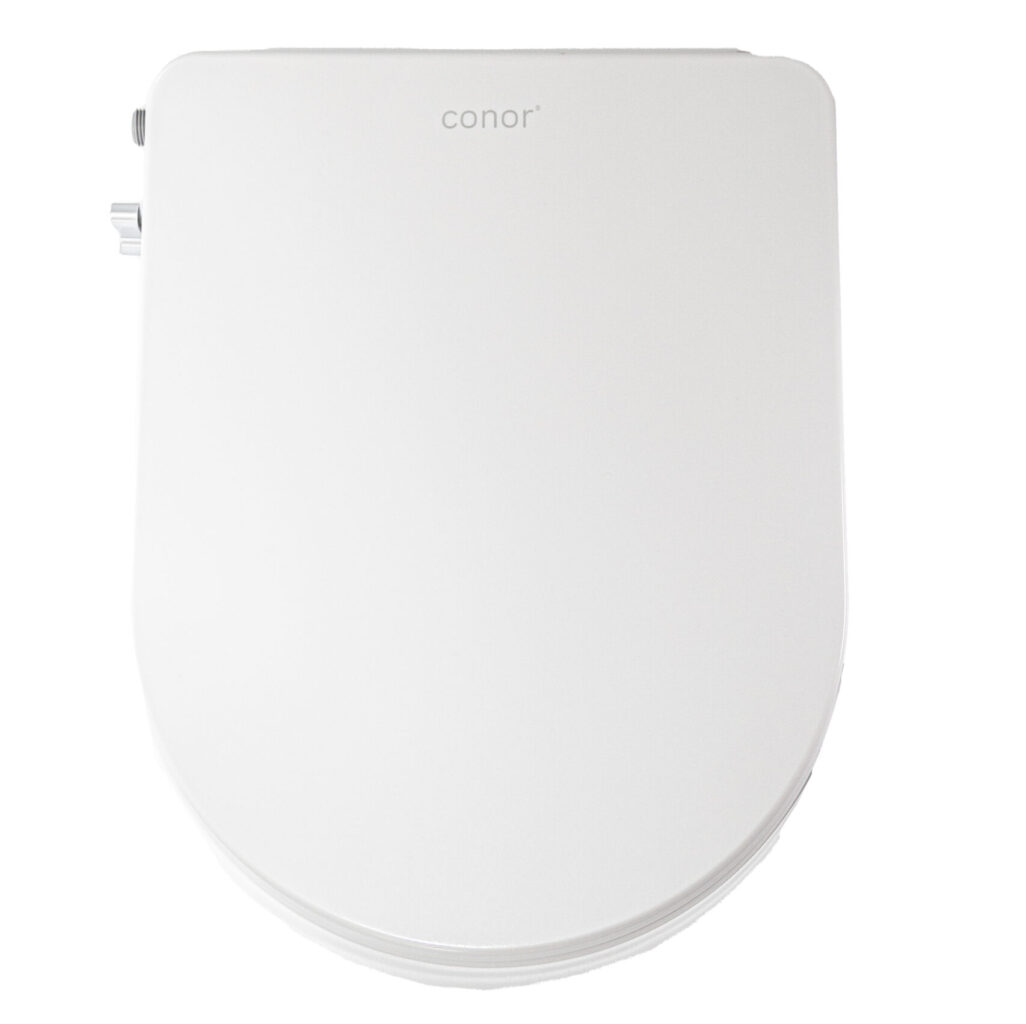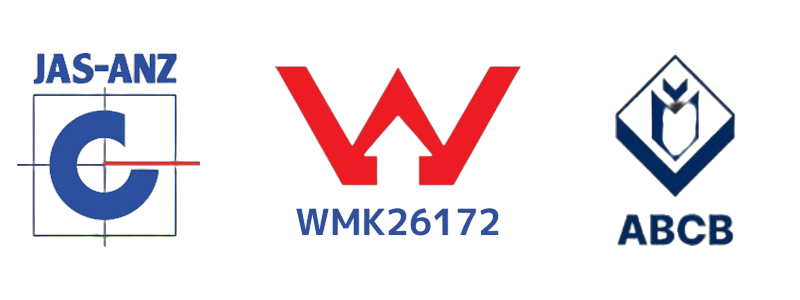-
Sale!
Conor Premium Handheld Bidet Spray with Installation Kit- White
241 reviews$199.00Original price was: $199.00.$99.00Current price is: $99.00. inc. GST ADD TO CART BUY NOW -
Sale!
Conor Premium Handheld Bidet Spray with Installation Kit – Silver
247 reviews$149.00Original price was: $149.00.$99.00Current price is: $99.00. inc. GST ADD TO CART BUY NOW -
Sale!
Conor Premium Bidet Toilet Seat with Installation Kit
326 reviews$219.00Original price was: $219.00.$119.00Current price is: $119.00. inc. GST ADD TO CART BUY NOW -
Sale!
Conor Premium Toilet Bidet Seat with Installation Kit
326 reviews$249.00Original price was: $249.00.$119.00Current price is: $119.00. inc. GST ADD TO CART BUY NOW
What is Bidet and the Australian Standard ? Bidets has plays an important role in Australian bathrooms, offering a hygienic and refreshing alternative to toilet paper. As with any plumbing fixture, it’s important to know that Australian standards to have guarantee safety, durability, and performance.
Bidet And The Australian Standard
The primary Australian standard governing bidets is AS/NZS 3500.5:2021, titled “Plumbing and drainage—Water fittings—Conor Bidets and bidet attachments.” This standard outlines the requirements for the design, materials, performance, and testing of bidet spray and bidet attachments.
Design Requirements
AS/NZS 3500.5 specifies that bidets must be designed to prevent the backflow of water into the potable water supply. This is essential to prevent harmful substances in the drinking water system. It must be designed to minimize the risk of splashing and leaks.
Material Requirements
It should be made from materials that work well with clean, drinkable water and can handle regular use. Some common materials used for bidets are:
- Stainless steel: Known for its durability, corrosion resistance, and ease of cleaning.
- Polypropylene: A lightweight and durable material that is also resistant to corrosion and chemicals.
- Ceramic: A popular choice for bidets due to its sleek appearance and ease of cleaning.
Performance Requirements
AS/NZS 3500.5 outlines specific performance requirements for bidets, including:
- Water pressure: Bidets must be able to deliver a minimum water pressure of 150 kPa.
- Water flow rate: Bidets must be able to deliver a minimum water flow rate of 1.5 liters per minute.
- Spray pattern: Toilet spray pattern must be directed towards the user and must not cause excessive splashing.
Testing Requirements
To make sure bidets follow the rules in Australia, they have to go through tough tests, including:
- Hydraulic testing: To verify that the bidet can withstand water pressure without leaking.
- Material testing: To ensure that the bidet materials are compatible with potable water and can withstand regular use.
- Performance testing: To verify that the bidet meets the specified water pressure, flow rate, and spray pattern requirements.
Choosing a Standards-Compliant Bidet
When selecting a bidet for your Australian bathroom, it’s essential to ensure that it complies with AS/NZS 3500.5. Look for bidets that bear the “WaterMark” certification, indicating that they meet Australian standards.
Benefits of Standards-Compliant Bidets
Opting for a standards-compliant bidet offers several benefits, including:
- Safety: To prevent backflow and leaks, ensuring the safety of your potable water supply and your bathroom environment.
- Durability: Made up of high-quality materials that can withstand regular use and provide years of reliable performance.
- Performance: Standards-compliant bidets deliver the optimal water pressure, flow rate, and spray pattern for effective cleaning and user comfort.
Conclusion : Bidet And The Australian Standard
Installing a bidet in your Australian bathroom can enhance your hygiene routine and add a touch of luxury. By choosing a bidet that complies with AS/NZS 3500.5, you can be confident that you’re making a safe, durable, and high-performing investment.
FAQ’s On Bidet And The Australian Standard
The standard outlines the requirements for the design, materials, performance, and testing of bidets
Backflow prevention: it designed to prevent the backflow of water into the potable water supply.
Minimizing splashing and leaks: Designed to minimize the risk of splashing and leaks.
Materials compatibility: Made from materials that are compatible with potable water and can withstand regular use.
Water pressure and flow rate: Bidets must be able to deliver a minimum water pressure of 150 kPa and a minimum water flow rate of 1.5 liters per minute.
Spray pattern: Directed towards the user and must not cause excessive splashing.
Type of bidet: There are two main types of bidets: handheld and fixed.
Features: There are many bidets who offer additional features, such as heated water, adjustable spray settings, and self-cleaning functions.
Price: Bidets range in price from around $50 to $200 or more.







